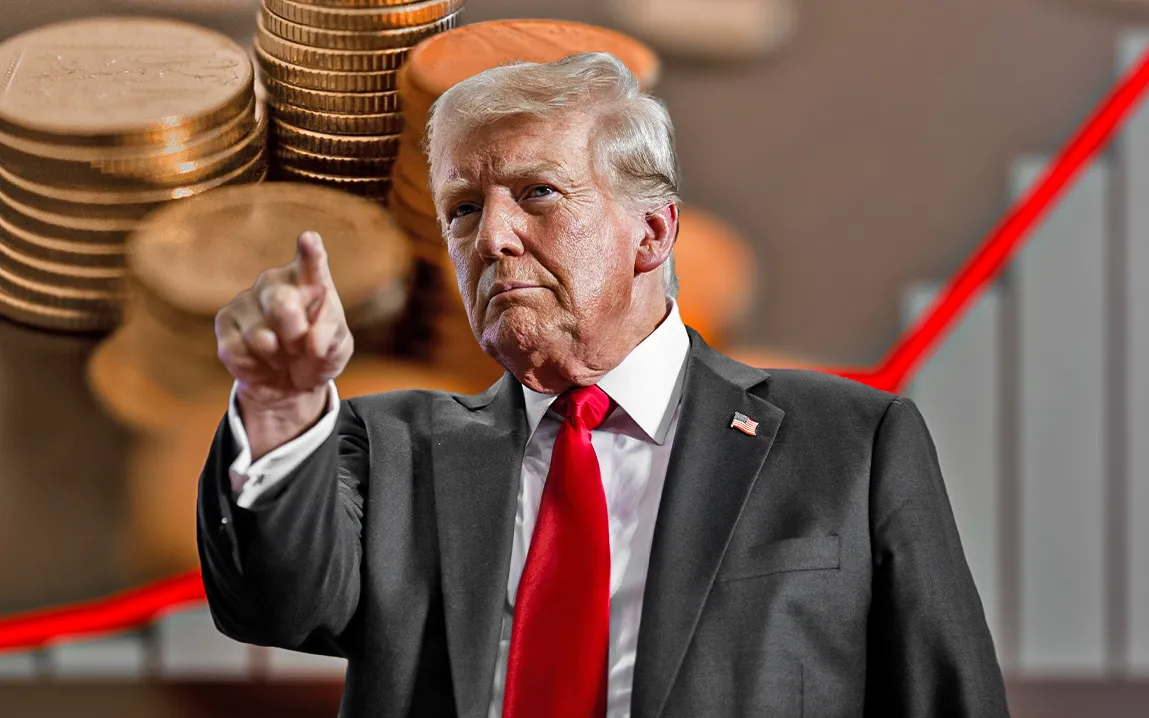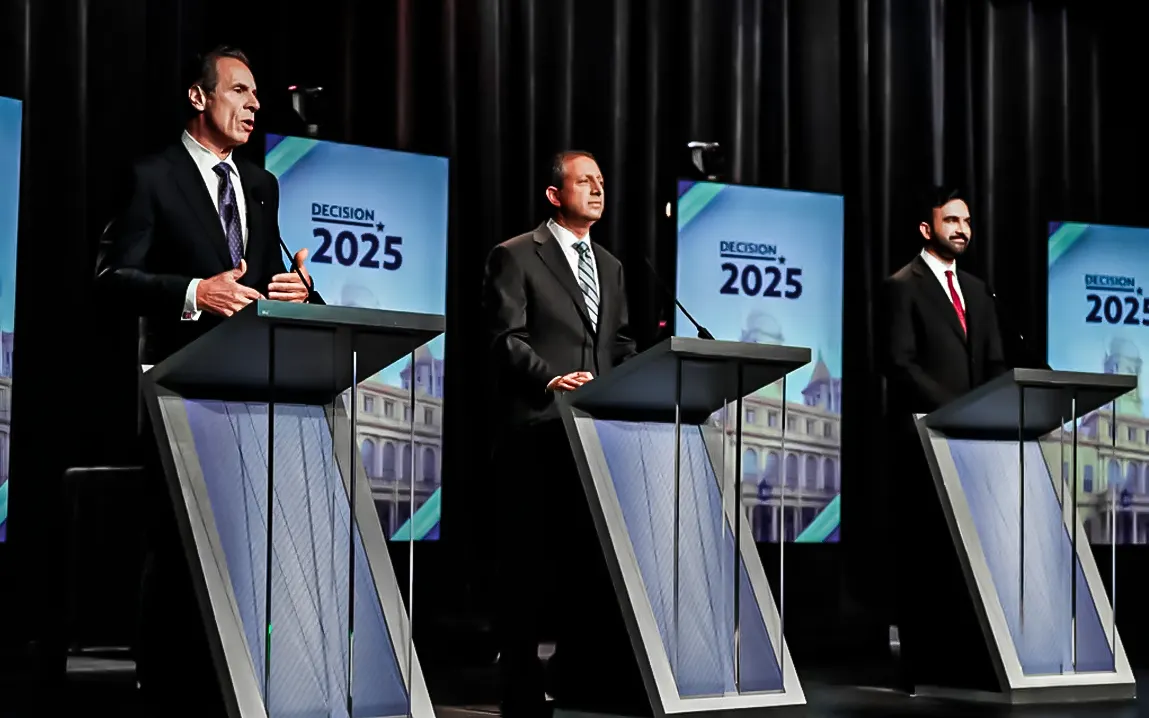President Donald Trump is calling for patience after the U.S. economy contracted for the first time in three years, just 100 days into his second term. Speaking at the White House on Wednesday, Trump urged business leaders and lawmakers to give his administration more time to reverse the economic slump, while placing the blame squarely on his Democratic predecessor, Joe Biden.
“This is Biden’s economy because we took over on January 20th,” Trump said. “I think you have to give us a little bit of time to get moving.”
According to figures released by the U.S. Commerce Department, the economy shrank by 0.3% annually during the first quarter, following 2.4% growth in the previous quarter. The decline has raised fears of a looming recession and sparked criticism over the administration’s handling of economic policy.
Trump attributed the downturn to front-loaded stockpiling by businesses bracing for his newly imposed tariffs. He remained optimistic, emphasizing that $8 trillion in committed investments—especially in manufacturing, technology, and healthcare—would soon stimulate growth.
“We’ve secured $8 trillion in inward investment. That’s what’s going to bring American manufacturing back to life,” Trump declared, standing alongside top executives from Hyundai, Toyota, and Johnson & Johnson.
Partisan Tensions Escalate
The economic contraction has heightened political tensions in Washington. House Minority Leader Hakeem Jeffries quickly dismissed Trump’s claims, accusing him of dodging responsibility.
“This is not Joe Biden’s economy, Donald. It is your economy,” Jeffries said. “It is a failed economy, and the American people know it.”
The criticism comes as Trump campaigns for support on his sweeping tax bill, which proposes trillions in tax and spending cuts. The plan has faced opposition from both Democrats and moderate Republicans.
Trade Policies in the Spotlight
Trump’s aggressive trade agenda is also drawing scrutiny. His administration has imposed 10% tariffs on nearly all imports—currently paused for 90 days—as well as a 25% levy on goods from Mexico and Canada. Most notably, Chinese imports now face tariffs of up to 145%, triggering retaliatory tariffs of up to 125% on American exports from Beijing.
“When you factor in the new tariffs stacked on top of existing ones, some Chinese goods are now facing 245% total duties,” a senior trade official confirmed.
Despite growing concerns about rising consumer prices and potential shortages, especially ahead of the holiday season, Trump remained defiant. In a televised cabinet meeting earlier that day, he remarked, “Well, maybe the children will have to have two dolls instead of 30 dolls. And maybe the two dolls will cost a couple of bucks more than they would normally.”
With approval ratings for his economic leadership under pressure, Trump is relying on a surge of corporate investments and infrastructure spending to regain public confidence. Whether these strategies will be enough to avert a recession and restore optimism remains to be seen.



